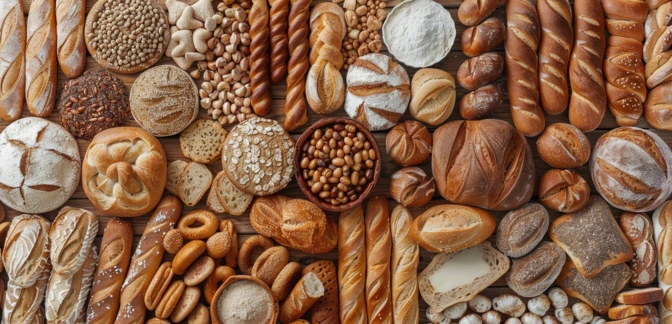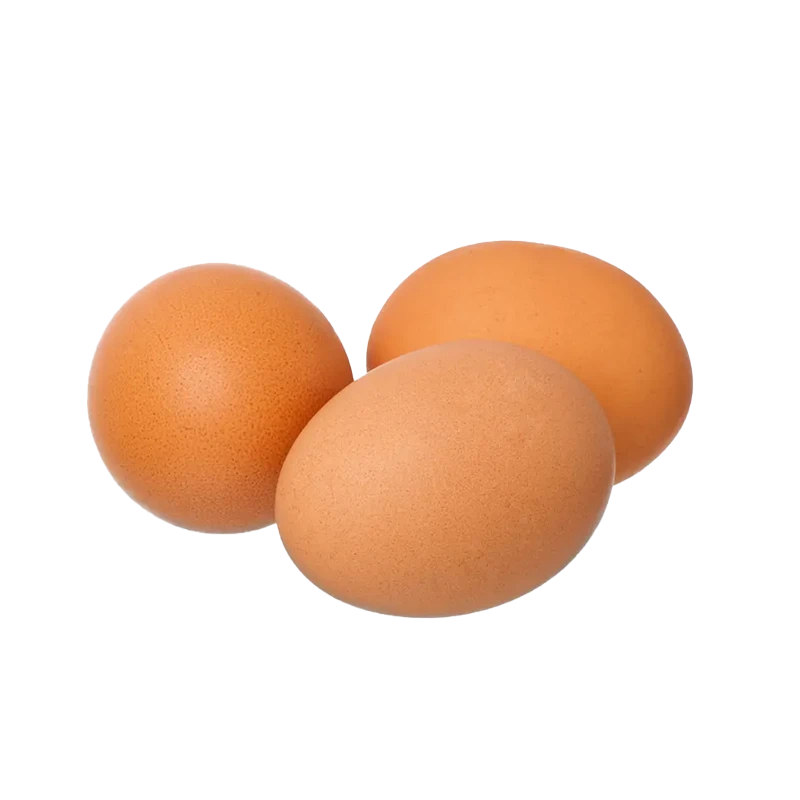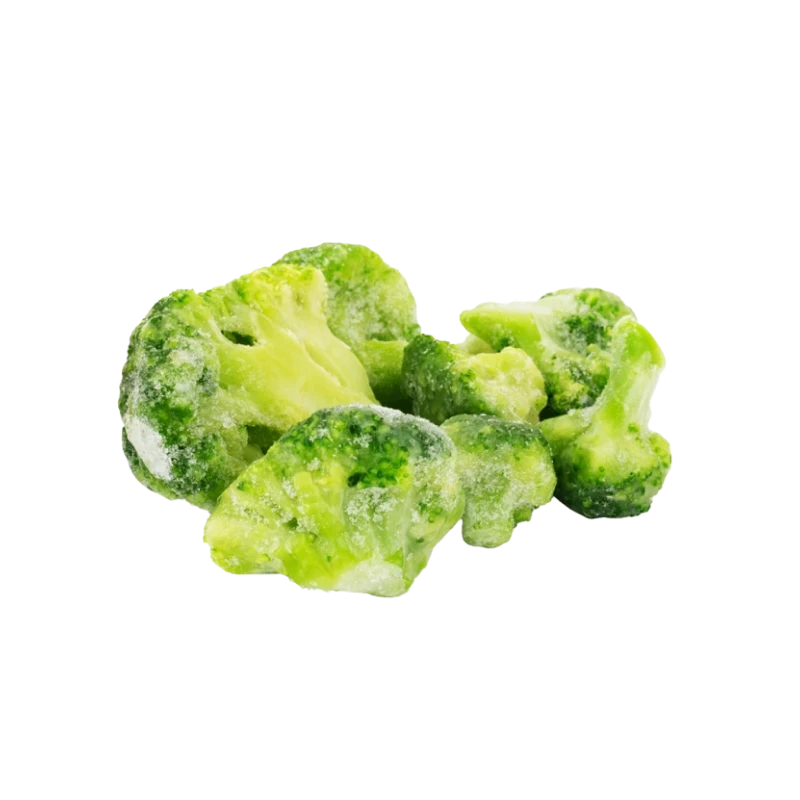Ciabatta — Nutrients, Health Benefits, and Shopping Tips

Written by Listonic Team
Last update on September 5, 2024
Nutrients
Nutrition facts
Amount per 100 g
Calories
🔥 271 kcal
| Nutrients per: 100 g | Value | % Daily Value* |
|---|---|---|
| Carbs | 53 g | 19.27% |
| Fiber | 3 g | 10.71% |
| Sugars | 1 g | 2% |
| Glycemic Index | 72 | - |
| Protein | 9 g | 18% |
| Sodium | 488 mg | 21.22% |
| Total Fat | 1 | 1.28% |
*The % of Daily Value (DV) tells you how much a nutrient in a serving of food contributes to a daily diet. 2,000 calories a day is used for general nutrition advice.
1 g
🥕 Low Fat Content
1 g
🍏 Low Sugar Content
Key takeaways
Health benefits
- Provides sustained energy from its complex carbohydrates, making it a good source of fuel for the body and brain.
- Versatile and convenient, serving as a base for a variety of healthy toppings and fillings.
- Contains essential vitamins and minerals if made with enriched flour, providing nutrients such as B vitamins and iron.
- Low in fat, making it a suitable option for those looking to reduce fat intake.
Health risks
- High carbohydrate content which can cause rapid spikes in blood sugar levels, particularly concerning for diabetics or those on low-carb diets.
- Low nutrient density as ciabatta is typically made from refined white flour, lacking essential nutrients and fiber compared to whole grain options.
- High calorie content which can contribute to weight gain if consumed in large quantities, especially when paired with calorie-dense spreads or fillings.
- Gluten content which makes it unsuitable for individuals with celiac disease or gluten sensitivity, potentially causing digestive discomfort and other health issues.
How to choose ciabatta
A well-crafted ciabatta loaf boasts a crisp crust and a soft, porous interior perfect for absorbing olive oil and vinegar. Tap the bottom of the loaf; it should sound hollow, indicating it was baked just right.
Do not settle for ciabatta that feels heavy or solid, as these qualities often point to underproofing or insufficient baking. True ciabatta should be light and airy inside, with a robust, chewy crust.

How to store ciabatta
Ciabatta is best stored at room temperature in a paper bag to keep the crust crisp. If you need to store it longer, freezing it is a good option. Properly stored ciabatta can last up to two days at room temperature.
Humidity can make ciabatta soggy, so it's important to keep it dry. Avoid storing it in plastic bags, which can trap moisture. Reheat frozen ciabatta in the oven to restore its crispy texture. Ensure it is completely cool before freezing to prevent ice crystals.
✅ Extra Tip
How long does it last?
Ciabatta can last for 1-2 days at room temperature when stored in a paper bag. For longer storage, ciabatta can be frozen for up to 3 months. Reheat it in the oven to restore its crispiness.
What to do with leftovers?
Leftover ciabatta can be used in a variety of ways. Slice it and toast it for bruschetta, topped with tomatoes, garlic, and basil, or use it as a base for a panini with your favorite fillings. Ciabatta is also great when sliced and toasted as croutons for salads or soups.
Use ciabatta to make French toast by soaking it in a custard mixture and frying until golden, or turn it into a bread pudding for a sweet or savory dish. If you have a lot of ciabatta, consider making a batch of garlic bread by spreading slices with butter and garlic, then toasting until crispy. Ciabatta can also be used as a base for open-faced sandwiches or topped with cheese and baked for a quick snack. For a simple appetizer, try serving slices of toasted ciabatta with a drizzle of olive oil and a sprinkle of sea salt.
👨⚕️️ Medical disclaimer
Discover products from other categories
Listonic Team
Fact-checked
Our editorial team checked this article to make sure it was accurate at the time of publishing it.
Get the top-rated shopping list app







